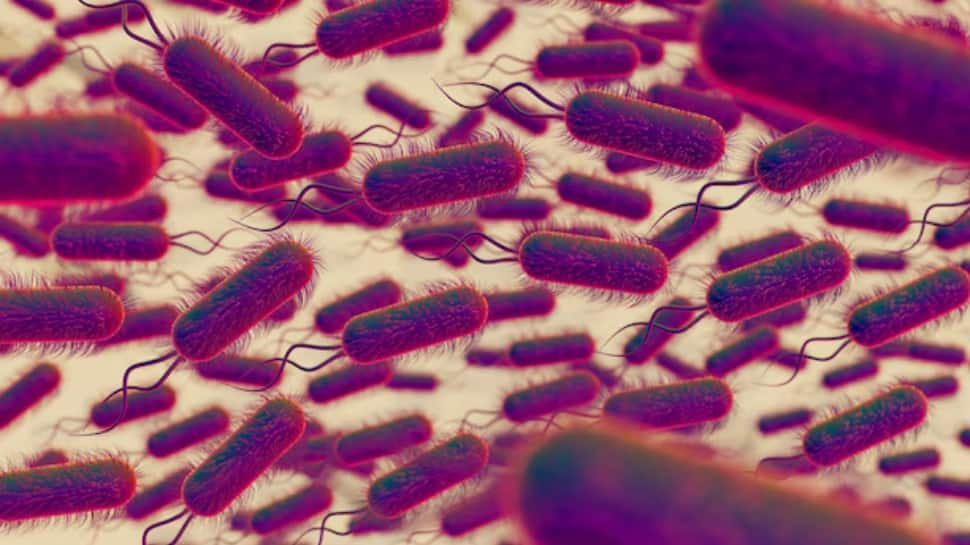A team of astrophysicists and quantum physicists has achieved a breakthrough in understanding the enigmatic phenomena known as neutron star “glitches”, reported Space.com. These peculiar events, where the spins of ultradense dead stars suddenly accelerate, may be attributed to tiny vortices of swirling inner material breaking the surface of these intense celestial remnants.
The interdisciplinary research, conducted by scientists from the field of astrophysics and quantum physics, provides a novel perspective on neutron star behavior.Interestingly, the study leveraged a unique form of matter onEarth to comprehend the dynamics of these distant stellar bodies.
Neutron stars, born from the collapse of massive stars, boast incredible density, comprising almost exclusively of neutrons. The team’s research aimed to shed light on the glitches occurring in neutron stars, offering insights into their inner composition and movements.
Lead author Elena Poli, a researcher at Innsbruck University, emphasized the significance of the research, stating, “Our research establishes a strong link between quantum mechanics and astrophysics and provides a new perspective on the inner nature of neutron stars.”
Bringing the study of neutron stars “down to Earth,” the team employed numerical simulations with a proxy—an ultracold dipolar atom system representing neutron stars. The extreme conditions and immense distances associated with neutron stars make direct sampling impossible, but the team successfully simulated neutron star behavior using these ultracold dipolar atoms.
The study proposes that glitches in neutron stars could be indicative of a superfluid state beneath the surface—a substance with zero viscosity resembling a liquid. The unique properties of superfluids, particularly a “supersolid” phase, play a crucial role in the glitching phenomenon.
By inducing supersolid phases in ultracold dipolar atoms of Erbium (Er) and Dysprosium (Dy), the team mirrored larger neutron star glitching. The results suggest that superfluid vortices carrying angular momentum to the star’s surface contribute to the glitching observed in neutron stars.
The researchers intend to delve deeper into the glitch mechanism, exploring its intricacies and its dependence on the quality of the supersolid material. The study not only enhances our understanding of neutron stars but also paves the way for new avenues in quantum simulation, potentially offering insights into other stellar remnants in laboratory settings on Earth.
The findings were published in the November issue of the journal Physical Review Letters.
The interdisciplinary research, conducted by scientists from the field of astrophysics and quantum physics, provides a novel perspective on neutron star behavior.Interestingly, the study leveraged a unique form of matter onEarth to comprehend the dynamics of these distant stellar bodies.
Neutron stars, born from the collapse of massive stars, boast incredible density, comprising almost exclusively of neutrons. The team’s research aimed to shed light on the glitches occurring in neutron stars, offering insights into their inner composition and movements.
Lead author Elena Poli, a researcher at Innsbruck University, emphasized the significance of the research, stating, “Our research establishes a strong link between quantum mechanics and astrophysics and provides a new perspective on the inner nature of neutron stars.”
Bringing the study of neutron stars “down to Earth,” the team employed numerical simulations with a proxy—an ultracold dipolar atom system representing neutron stars. The extreme conditions and immense distances associated with neutron stars make direct sampling impossible, but the team successfully simulated neutron star behavior using these ultracold dipolar atoms.
The study proposes that glitches in neutron stars could be indicative of a superfluid state beneath the surface—a substance with zero viscosity resembling a liquid. The unique properties of superfluids, particularly a “supersolid” phase, play a crucial role in the glitching phenomenon.
By inducing supersolid phases in ultracold dipolar atoms of Erbium (Er) and Dysprosium (Dy), the team mirrored larger neutron star glitching. The results suggest that superfluid vortices carrying angular momentum to the star’s surface contribute to the glitching observed in neutron stars.
The researchers intend to delve deeper into the glitch mechanism, exploring its intricacies and its dependence on the quality of the supersolid material. The study not only enhances our understanding of neutron stars but also paves the way for new avenues in quantum simulation, potentially offering insights into other stellar remnants in laboratory settings on Earth.
The findings were published in the November issue of the journal Physical Review Letters.















































